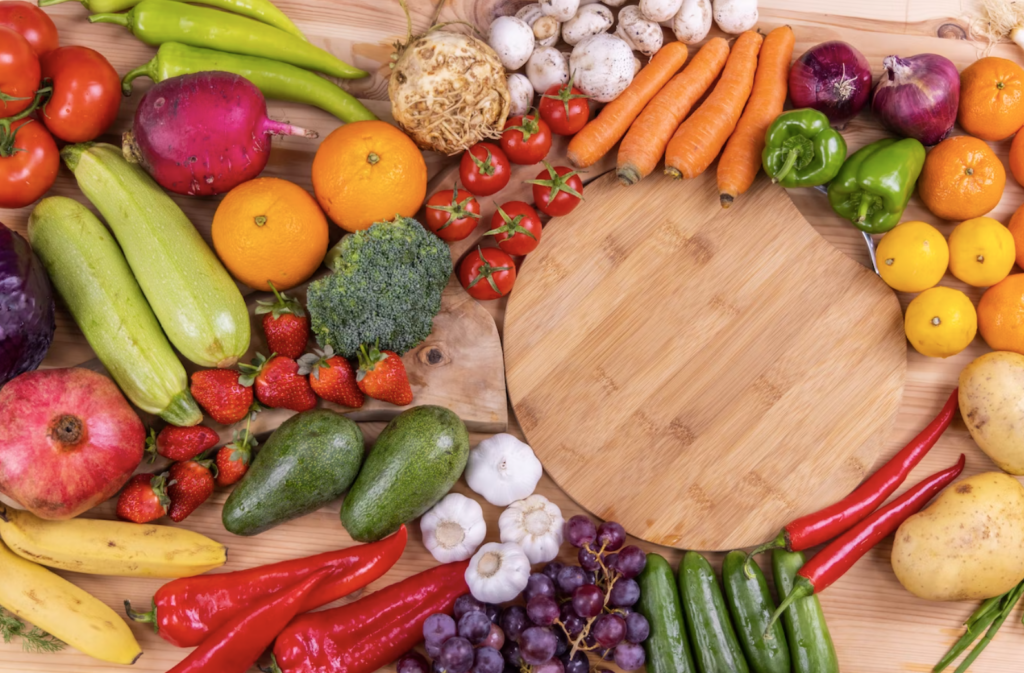How To Reduce The Costly Effects Of Food Waste
Reducing food waste is as simple as checking your fridge before shopping, organizing, labeling, and using whole vegetables.
This article is more than 2 years old

Pop quiz: how much food waste did you throw away after dinner? Was it not worth saving or wouldn’t taste good the day after? (like McDonald’s fries). We all do it. We all throw away food as do restaurants and supermarkets. Have you ever checked out a dumpster behind a Safeway? You’ll find lots of food still good and consumable. Food waste is a very real and big issue.
But what can we do about it? Some folks have decided to live a “freegan” lifestyle where all their food comes from dumpsters–like that one behind Safeway. The downside? Jumping into a dumpster to take food waste, even if is going to be thrown away, is illegal.
According to NPR, tossing unused food in the trash hurts your wallet, yes, but it also hurts the environment, and economy, and leads us quickly down the road to climate change. This is because we use fuel to transport our food and it is wasted when food waste is thrown away. The more excess food we produce, the more we have to destroy it.
When food waste is thrown away, it doesn’t go “away.” It goes into landfills causing methane gas and sometimes must get incinerated releasing harmful gases into the away. A decade ago, Federal agencies set a goal to cut food waste in half by 2030. We’re almost there. And with food prices on the rise, it’s a good time to do a little bit more to stop food waste.
One company is helping to solve the problem by creating clothing made from food waste. It’s mixed with some ingredients and created into a consistency that is very much like vegan leather. As the company gets more funding, you may soon find yourself wearing last week’s lunch.
Here are some tips to help curb the food waste problem:
- Survey your fridge. It may feel like one annoying step in the whole grocery shopping task, but check out what you already have. There is probably something in there that you can use in a recipe in the upcoming week. If you do this week after week, you may start catching food before it expires, reducing your food waste. Also, hot tip, as you plan your recipes, check to see if something in your fridge can be swapped out for another ingredient that you already have.
- Label and organize. Organizing and labeling are on trend these days. From perfect pantries to dresser drawers holding shirts that are in order of color, you can even organize your refrigerated foods as well to cut down on food waste. One way to do this is to grab some glass food storage containers (they hold up and clean up nicely) and use dry-erase markers to label and date. You’ll never lose your cilantro to the back of the fridge again.
- Use the whole veggie. When chopping onions or carrots, you tend to use only some parts of vegetables. Sometimes you decide you aren’t using the leafy green tops or even the end of an onion. Guess what? Those pieces are still perfectly edible. If they don’t work in the recipe you’re currently working on, they could be used in a stir fry or another dish later. Take a second to think it through before you toss it as food waste.



